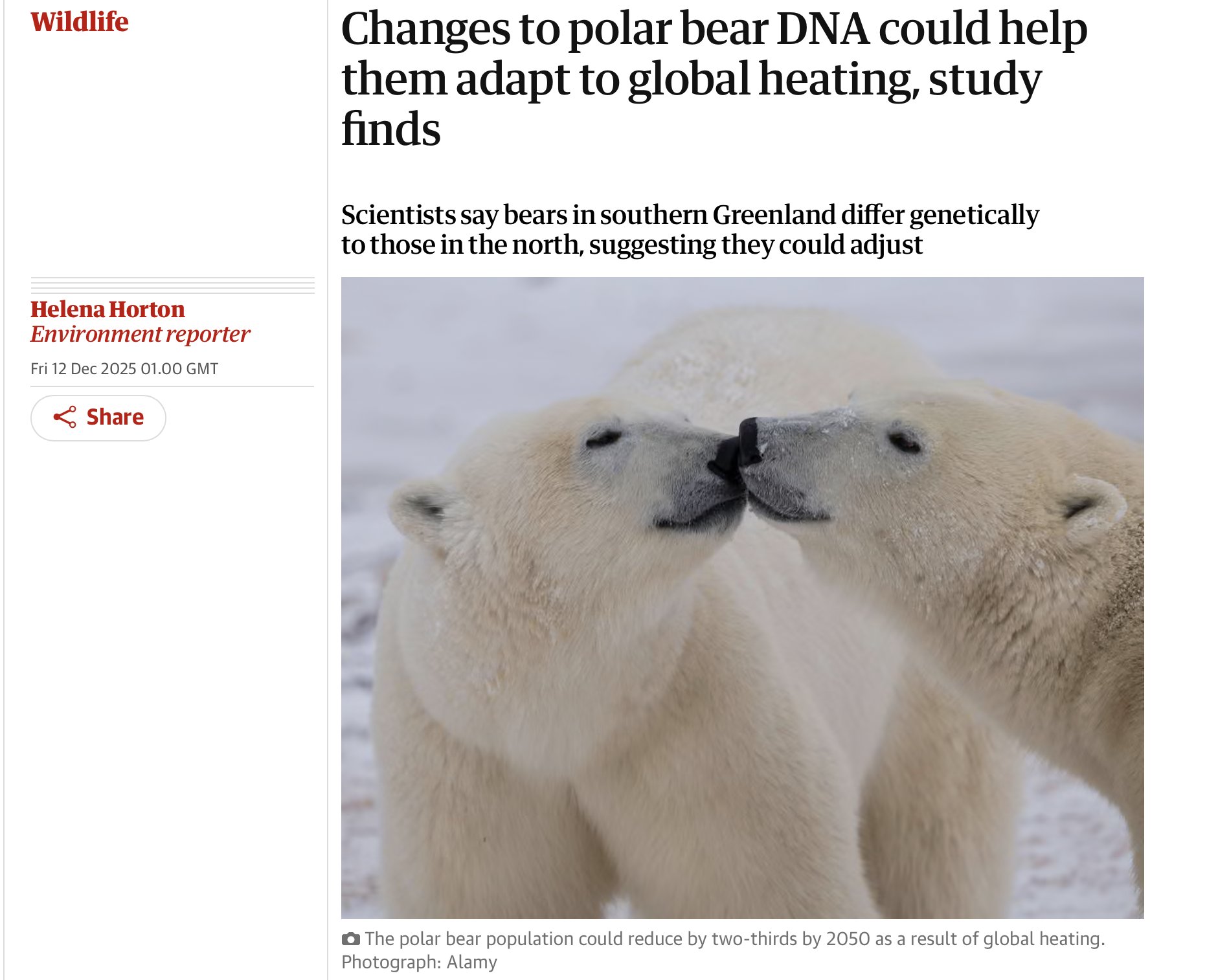[The below article was written by Prof. Roger Pielke Jr. and appeared in the October 31, 2012 of the Wall Street Journal. Selected excerpts are reprinted below.]
Roger Pielke Jr.: Hurricanes and Human Choice – Wall Street Journal – October 31, 2012
‘Sandy was terrible, but we’re currently in a relative hurricane ‘drought.’ Connecting energy policy and disasters makes little scientific sense.’
By ROGER PIELKE JR.
Selected Excerpts: (For full article go to WSJ – Subscription required – Also see Prof. Roger Pielke Jr.’s website here & full free version here.)
But to call Sandy a harbinger of a “new normal,” in which unprecedented weather events cause unprecedented destruction, would be wrong. This historic storm should remind us that planet Earth is a dangerous place, where extreme events are commonplace and disasters are to be expected. In the proper context, Sandy is less an example of how bad things can get than a reminder that they could be much worse.
[…]
While it’s hardly mentioned in the media, the U.S. is currently in an extended and intense hurricane “drought.” The last Category 3 or stronger storm to make landfall was Wilma in 2005. The more than seven years since then is the longest such span in over a century.
Flood damage has decreased as a proportion of the economy since reliable records were first kept by the National Weather Service in the 1930s, and there is no evidence of increasing extreme river floods. Historic tornado damage (adjusted for changing levels of development) has decreased since 1950, paralleling a dramatic reduction in casualties. Although the tragic impacts of tornadoes in 2011 (including 553 confirmed deaths) were comparable only to those of 1953 and 1964, such tornado impacts were far more common in the first half of the 20th century.
The United Nations Intergovernmental Panel on Climate Change reports that drought in America’s central plains has decreased in recent decades. And even when extensive drought occurs, we fare better. For example, the widespread 2012 drought was about 10% as costly to the U.S. economy as the multiyear 1988-89 drought, indicating greater resiliency of American agriculture.
There is therefore reason to believe we are living in an extended period of relatively good fortune with respect to disasters. A recurrence of the 1908 San Francisco earthquake today, for example, could cause more than $300 billion in damage and thousands of lives, according to a study I co-published in 2009.
Another danger: Public discussion of disasters risks being taken over by the climate lobby and its allies, who exploit every extreme event to argue for action on energy policy. In New York this week, Gov. Andrew Cuomo declared: “I think at this point it is undeniable but that we have a higher frequency of these extreme weather situations and we’re going to have to deal with it.” New York Mayor Michael Bloomberg spoke similarly.
Humans do affect the climate system, and it is indeed important to take action on energy policy—but to connect energy policy and disasters makes little scientific or policy sense. There are no signs that human-caused climate change has increased the toll of recent disasters, as even the most recent extreme-event report of the Intergovernmental Panel on Climate Change finds. And even under the assumptions of the IPCC, changes to energy policies wouldn’t have a discernible impact on future disasters for the better part of a century or more.
The only strategies that will help us effectively prepare for future disasters are those that have succeeded in the past: strategic land use, structural protection, and effective forecasts, warnings and evacuations. That is the real lesson of Sandy.
Mr. Pielke is a professor of environmental studies and a fellow of the Cooperative Institute for Research in Environmental Sciences at the University of Colorado.
(For full article go to WSJ – Subscription required — Also see Prof. Roger Pielke Jr.’s website here.)


